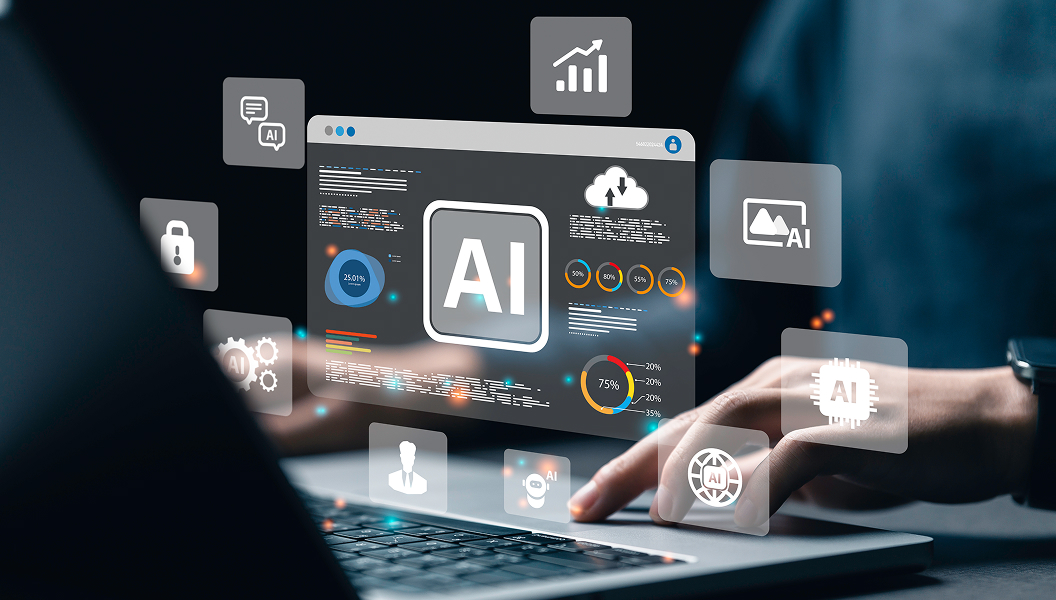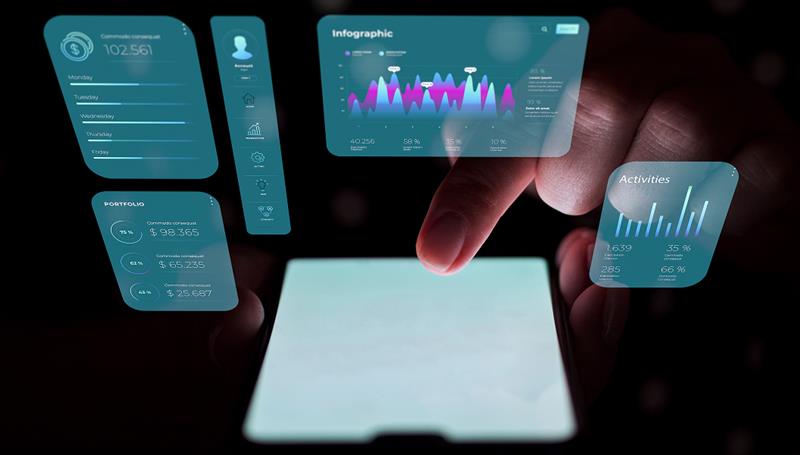Software development is transforming, comparable to the shift from manual craftsmanship to industrial production. In the past, everything depended on a person’s experience, speed, and precision. But today, a new player is taking the stage: artificial intelligence. Not as an experiment or a marketing buzzword, but as a real tool integrated into team workflows.
AI in development is not a replacement for developers, designers, or DevOps engineers. It’s an augmentation – something that enhances, automates, and liberates. It frees us from routine, strengthens decision-making, and automates tasks that used to take days.
AI-Powered Coding: More Than Just Autocomplete
What used to be a simple suggestion in an editor is now a contextual code companion. Tools like GitHub Copilot, Amazon CodeWhisperer, Tabnine, or Replit Ghostwriter read code like a human, understanding logic, naming patterns, and architectural decisions. They suggest complete code blocks, predict the next function, or complete a condition, not by template, but by meaning.
There’s no longer a need to rewrite the same helper functions a hundred times or explain project structure to newcomers. AI already knows.
Testing: Machine Intelligence Against Bugs
In the world of QA, AI has become an intelligent filter and hypothesis generator. It analyzes user behavior, historical bug data, and source code to suggest the most likely areas where issues might occur. Instead of writing hundreds of scenarios manually, it’s enough to describe the expected behavior, and AI will generate the tests, cover edge cases, and suggest optimal verification paths.
Some systems go even further, as they continuously monitor production logs and generate regression tests based on real incidents. This means test coverage no longer lags behind product changes.
Interfaces: From Idea to Mockup in Minutes
UI prototyping now starts not with Figma, but with a description. Generative design tools can create a working UI mockup from a simple text prompt: “a login form with two fields, a button, and a forgot password link”, and it’s already in front of you.
Discussions around ideas and UX hypotheses now come with visual outputs. No need to wait for a design sprint, an idea turns into a testable interface within an hour.
DevOps and Infrastructure: Predictive Automation
In DevOps, AI acts as both an analyzer and a predictor. It monitors metrics, logs, and system behavior, capable of spotting anomalies before they turn into incidents. It’s a shift from reactive monitoring to preventive action.
AI also helps optimize cloud costs, adjusts resource sizes, adapts autoscaling strategies, and suggests ways to save money without compromising performance. What used to be done manually or based on static rules is now driven by learning and behavioral analytics.
Documentation, Communication, Knowledge
AI has also reached one of the most undervalued parts of development- documentation. It can automatically comment on code, generate Markdown docs, update ReadMe, and help build API documentation based on project structure.
But more importantly, AI becomes a knowledge assistant in distributed teams, it helps find answers, whether they’re in a Confluence page, a Slack thread, or buried in pull requests.
Advantages of AI in Software Development
- Speed – Faster coding and testing
- Quality – Fewer bugs and better architecture
- Efficiency – Smoother project and documentation management
AI assistants are already an integral part of modern development, and their impact will only grow. The challenge now is to strike a balance between automation and human creativity.
Why Does It Matter?
AI is not just a process accelerator, it’s a paradigm shift. Instead of spending time on repetitive tasks, teams can focus on strategy, architecture, and user experience. The machine handles the routine, leaving humans to tackle challenges that require actual intelligence.
The future of development isn’t about competing with AI, but partnering with it. Those who learn to use this synergy effectively won’t just ship features faster, they’ll redefine what it means to build a meaningful, living product.



